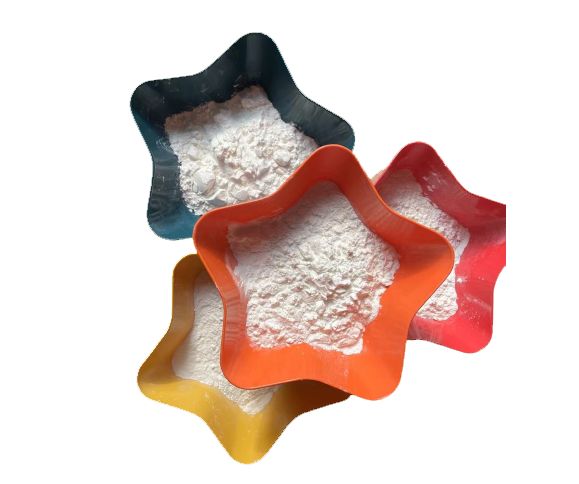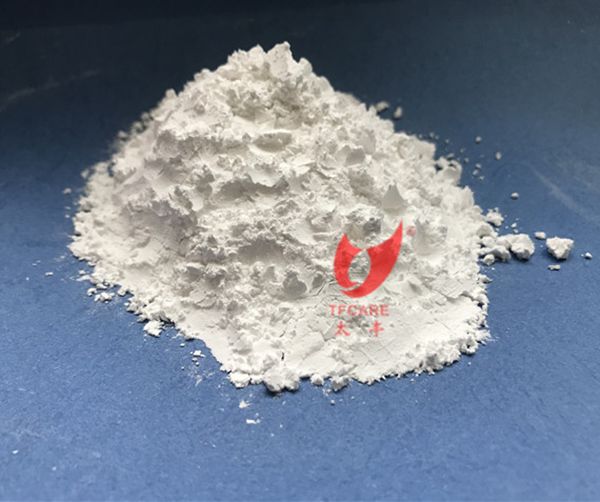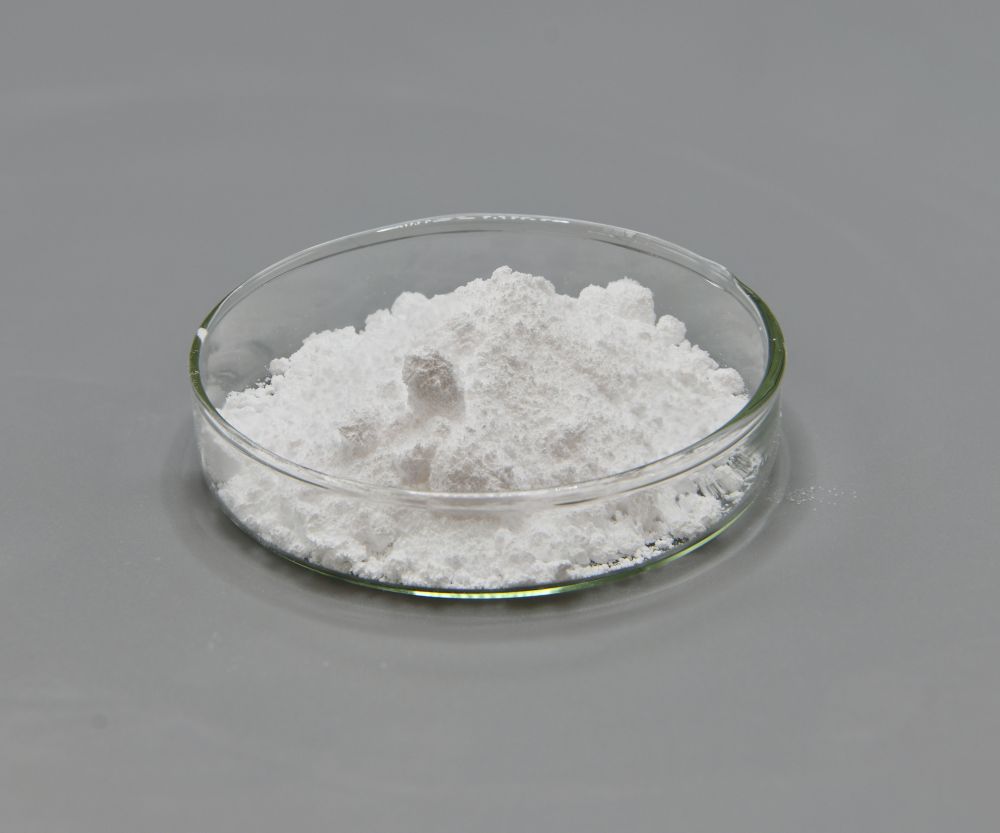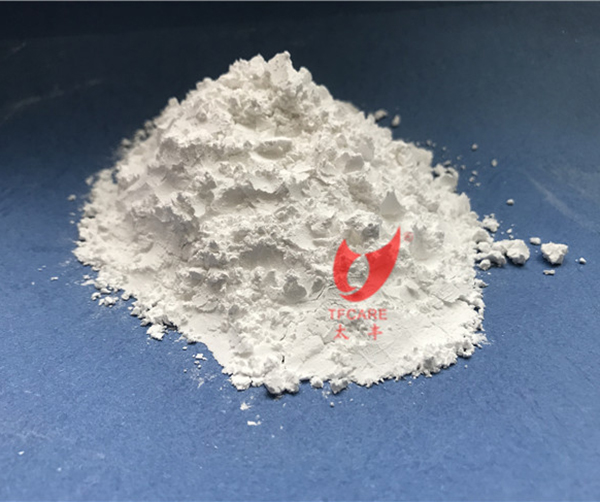| Specification | TF-AHP101 |
| Appearance | White crystals powder |
| AHP content (w/w) | ≥99 % |
| P content (w/w) | ≥42% |
| Sulfate content(w/w) | ≤0.7% |
| Chloride content(w/w) | ≤0.1% |
| Moisture (w/w) | ≤0.5% |
| Solubility (25℃, g/100ml) | ≤0.1 |
| PH value (10% aqueous suspension, at 25ºC) | 3-4 |
| Particle size (µm) | D50, <10.00 |
| Whiteness | ≥95 |
| Decomposition temperature(℃) | T99%≥290 |
TF-AHP Halogen-free flame retardant Aluminum hypophosphite
Discover our TF-AHP Halogen-free flame retardant Aluminum hypophosphite at our factory. Trust in our high-quality products for your fire safety needs.
Request a QuotePRODUCTS DETAILS
Hot Products

TF101 Flame Retardant of ammonium polyphosphate APP I for intumescent coating

201 Halogen-Free Flame Retardant APPII For Textile Backing Coating

TF-201 Ammonium polyphosphate flame retardant APP uncoated for fireproof coating

China Ammonium Polyphosphate (Model: APP TF-201)

TF-231 Melamine modified APP-II flame retardant

Hot-selling Fire Retardant for texitle coating

TF303 Water-Soluble Ammonium Polyphosphate using for Textiles, Plants

TF-212 Phosphorus containing non-halogen flame retardant specially using for textile industry features hot water resistance feature

TF-MCA Halogen-free Flame Retardant Melamine Cyanurate (MCA)

TF-AMP Halogen-free flame retardant for acrylic adhesive
Contact us
Please feel free to give your inquiry in the form below We will reply you in 24 hours


